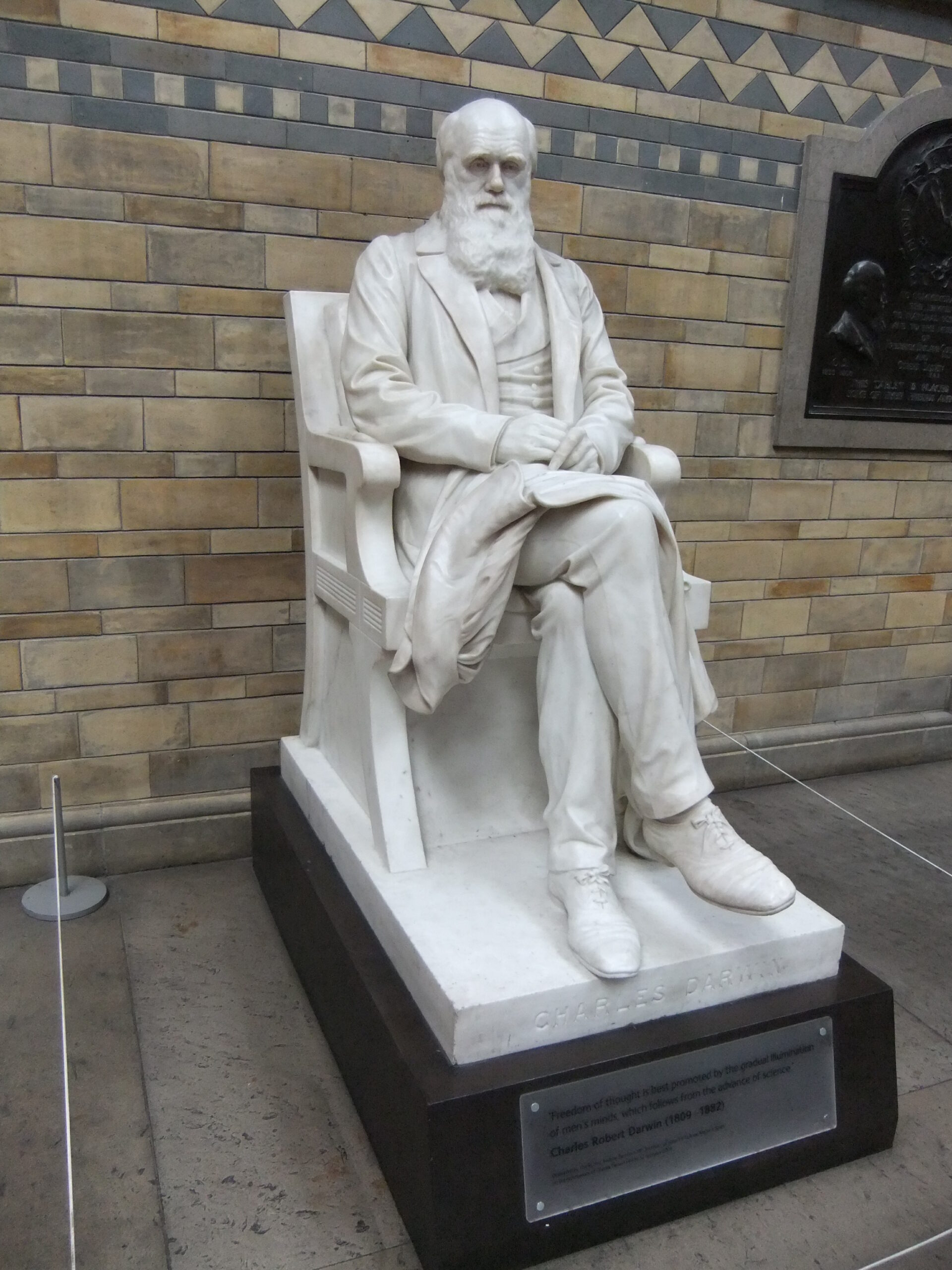High-performance computing (HPC) has transformed the landscape of computational science and engineering, pushing the boundaries of what is feasible in numerical simulations, data analysis, and problem-solving across diverse fields. But what does it mean for the future of technological advancement? This article delves into the rich history of HPC, tracing its evolution from rudimentary mechanical devices to the sophisticated supercomputers of today. This journey encapsulates an interplay of innovation, necessity, and aspiration throughout the decades.
The roots of high-performance computing can be traced back to the early 20th century when the advent of electronic computers began to lay the groundwork for what would eventually burgeon into sophisticated machines capable of handling vast amounts of data. Initially, the need for computational power arose from military applications, notably during World War II. The Electronic Numerical Integrator and Computer (ENIAC), unveiled in 1945, marked a pivotal moment in computing history. This colossal machine was capable of performing thousands of calculations per second, a revolutionary feat at the time. As the war reached its conclusion, so did the focus on military operations, leading to advancements in various civilian sectors.
As society transitioned into the post-war era, the 1960s emerged with a DNA of innovation. The creation of the CDC 6600 by Seymour Cray in 1964 signified the dawn of mainstream supercomputing. It was lauded as the fastest computer of its time, capable of executing approximately three million instructions per second. The essence of this period was punctuated by an inquisitive nature: how could these machines be leveraged not merely for calculations but to unravel the mysteries of the universe? Researchers began looking toward high-performance computing as a vital tool to enhance simulations and numerical analysis in fields ranging from meteorology to quantum physics.
During the 1970s and 1980s, the development of vector processing capabilities became a hallmark of HPC systems. Supercomputers like the Cray-1 and its successors harnessed vector processors to perform complex mathematical operations with unprecedented speed. The Cray-1, in particular, captured the imagination of many, combining sleek design with unmatched computational prowess. However, a pertinent question emerged: Could machines be developed that not only processed data more rapidly but could also handle concurrent operations efficiently? This challenge led to the creation of massively parallel processing architectures, a trend that gained momentum well into the 1990s.
The 1990s were characterized by a paradigm shift with the advent of distributed computing. As the Internet became widely accessible, researchers began to exploit the power of networked computers, forming clusters that could work collaboratively to tackle large-scale problems. This democratization of computing resources paved the way for grid computing, which enabled organizations to pool their resources and maximize efficiency. As such, the academic community embraced this model, driven by the ambition to solve larger problems than ever before. The era raised a playful question: Could one harness the collective power of thousands of personal computers to rival the capabilities of a single supercomputer? The answer materialized in the form of projects like SETI@home, illustrating the concept’s potential.
The turn of the millennium heralded a new epoch for HPC, underpinned by the rapid evolution of microprocessor technology and the exponential growth in data generation. The burgeoning field of Big Data coincided with HPC advancements, as researchers sought novel ways to store, analyze, and extract insights from unprecedented volumes of information. This period also saw the rise of multicore and manycore processors, enabling faster data processing and providing avenues for algorithms to run concurrently. As tasks grew in complexity, so too did the challenges associated with programming for these modern architectures. How could developers create software that would optimize performance in this novel landscape? The answer remained elusive, fueling extensive research into parallel programming paradigms.
While a concrete timeline of HPC advancements features prominent milestones, it is crucial to acknowledge the collective efforts of scientists, engineers, and visionaries across the globe who consistently sought to push the limits of computational technology. The leadership in the domain has also stemmed from fostering collaboration between academia and the private sector, birthing initiatives that would ultimately lead to public investments in supercomputing facilities. Supercomputers like IBM’s Blue Gene and the Tianhe-2 in China elevated the race for computational supremacy among nations, as governments began to recognize the strategic importance of harnessing computational power for research and development.
By the 2010s, an insatiable demand for computational resources manifested in scientific disciplines that traditionally relied on empirical methods. Climate modeling, genomic research, and advanced materials development began to incorporate high-performance computing as an indispensable tool in their arsenals. As applications of HPC proliferated, the notion of “exascale computing” surged to the forefront of discussions. The challenge posed to the community was clear: how could researchers achieve exaflops performance, breaking the quintillion operations per second barrier? This ambitious goal would not only reshape HPC architectures but also redefine the trajectory of scientific inquiry and technological advancement.
Today, the trajectory of high-performance computing continues to evolve. With the advent of quantum computing on the horizon, an equally profound question arises: will it serve as a complementary force to traditional HPC, or will it disrupt the status quo? The increasing complexity of tasks, coupled with the imperative for energy-efficient computations, lays the groundwork for an exciting future. Future generations of researchers and engineers will undoubtedly face numerous challenges, but the drive toward innovation remains relentless.
In conclusion, the rich history of high-performance computing is marked by a series of phases characterized by ingenuity, collaboration, and an unwavering pursuit of excellence. As civilization grapples with increasingly complex challenges, the evolution of HPC will serve as a cornerstone of modern scientific inquiry, providing tools that empower humanity to address the most pressing problems of our time.








